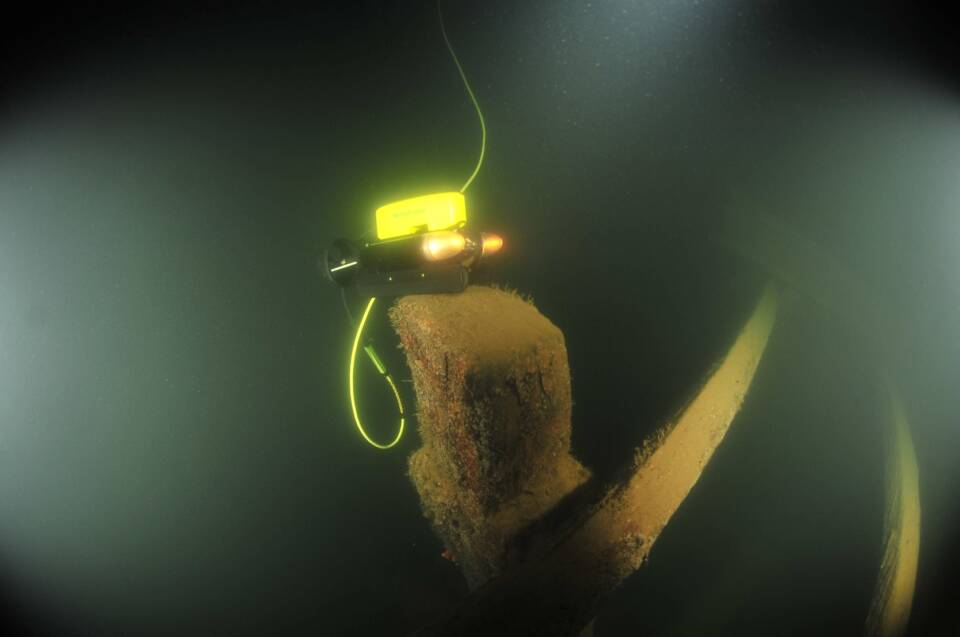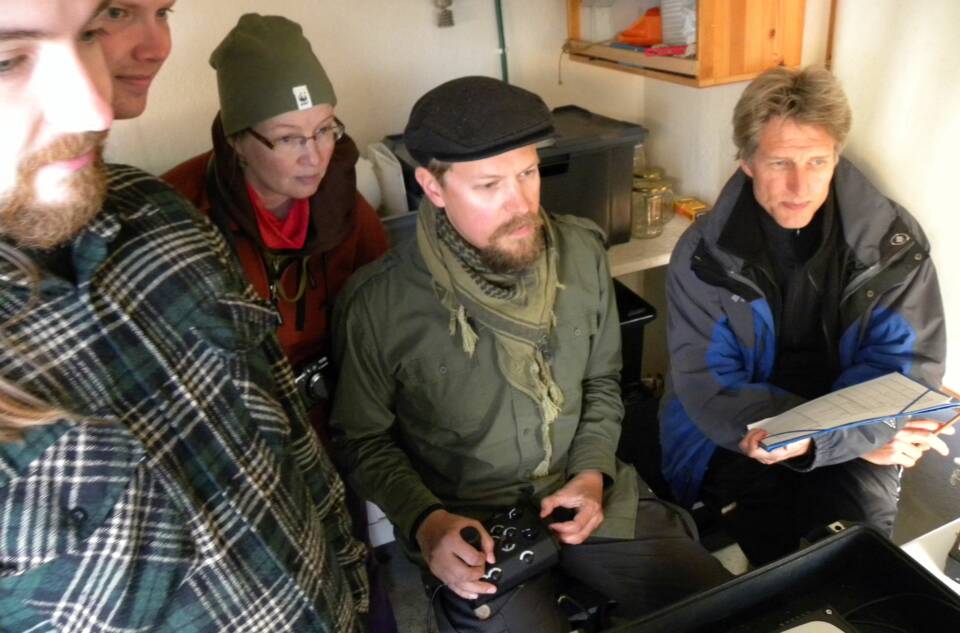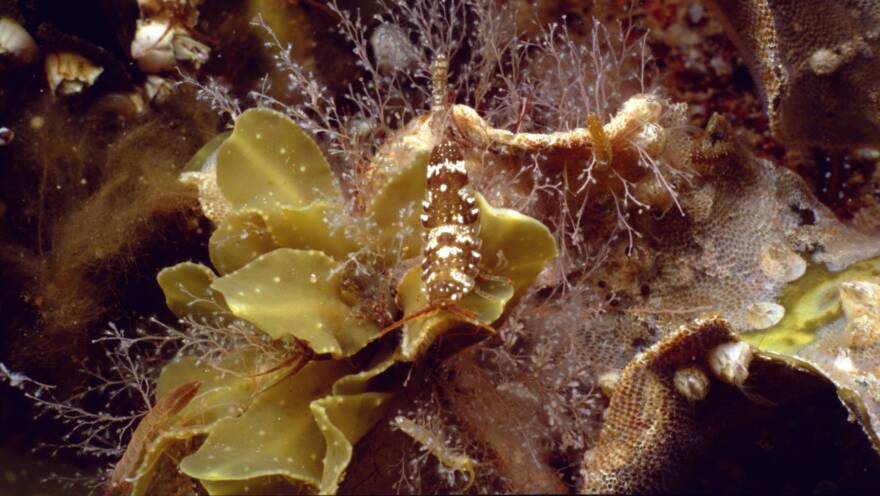A video camera can be used to document the underwater nature metre by metre or to seek out and inventory archaeological sites. This method is effective: video recording can identify areas many times larger than scuba diving.
Drop-video brings marine seafloor life directly to the screen
Finnish marine scientists have been using underwater video since the early 2000s. Using the drop-video method, a small video camera sealed in a waterproof housing is lowered to the seafloor. The camera sends live video up to a monitor on the boat or research vessel.
The researcher controlling the camera can influence its swim-depth and also the speed at which it moves. The camera usually shoots a short, i.e. approximately one-minute long video clip. During this time, information may be gained from an area of up to several acres, provided the water is clear. If the camera contacts a soft bottom, the video does not show much more than a flurry of mud.
The video requires marketing cookies to be enabled. Please enable cookies to watch it.
ROV cameras are small submarines controlled from a research vessel
A remotely controlled robotic camera or ROV (Remotely Operated Vehicle) is quite a sophisticated device. An ROV resembles a small unmanned submarine whose movements are controlled from a research vessel. The ROV operator can determine the depth, direction, and speed of the device, and even rotate it as desired.
Since the ROV camera is more manageable than the drop-camera, it usually captures longer video clips. Additional components, such as remote-controlled grasping arms or a laser measuring system, can also be attached to the device. This also allows the ROV to take samples and measure the size of objects.
The ROV camera is used both for mapping underwater nature and, among other things, for exploring shipwrecks. It can film in places that a diver cannot access or fit, and it can also be used to track the diver at work.





